5.Recent Research Highlights
5-1.Researches for Earthquake Prediction
5-1-1. Research on the deformation process and heterogeneous
structure of the island arc crust
The physical mechanism of the occurrence of intra-earthquakes is controlled
by a series of processes including stress accumulation by plate motion,
stress concentration at fault zones, rupture nucleation and dynamic rupture
propagation. ERI has been conducting a project of proposed "the deformation
process of the island arc crust" in the earthquake prediction program.
The research of this project consists of the following three items
covering broad fields in geology and geophysics.
(1) Determine heterogeneous structure of island arc crust and its physical
properties with seismic expeditions
(2) Elucidate processes of crustal evolution and development of major
fault systems by synthesizing seismic crustal structure and other geological/
petrological implications
(3) Examine detailed seismic activity in relation to major heterogeneous
structure and fault system
In 1997-1998, an extensive seismic expedition was undertaken in Northern
Honshu Arc (Fig.1). This expedition was composed of well organized experiments
involving a seismic refraction/wide-angle reflection survey, a seismic
reflection survey and a microearthquake observation by a dense seismic
network. The profile line of the refraction/wide-angle reflection experiment
was set about 500 km in length from the Japan Trench to the Sea of Japan
to investigate large-scale structural variations in this island arc system.
The seismic reflection line was undertaken in the backbone range in Northern
Honshu to map the deep crustal inhomogeneities involving major faults and
crustal reflectors. The microearthquake observation was aimed at delineating
precise seismic activities and their relation with the structural inhomogeneity.
The crustal section of Northern Honshu Arc from the refraction/wide-angle
reflection experiment shows clear structural variations in EW direction
(Fig. 2). The structure west of the backbone range has remarkable deformations
by the Miocene back arc spreading. The upper crustal velocity is 5.8-5.9
km/s, clearly lower than in the eastern part of the profile (the Kitakami
Mts.). The Moho is located at 27 km in the western edge of the profile,
and 32-35km beneath the backbone range. This indicates the crustal thinning
associated with the backarc spreading. The structure in the Kitakami Mts.
is rather simple, characterized by a number of reflectors within its middle/lower
crust.
The seismic reflection experiment clearly imaged the geometry of major
faults of Senya and Uwandaira developing under the backbone ranges. These
faults show listric geometry, and become almost flat at a depth of 12 km
beneath which a number of reflectors are situated. Probably, this reflects
the difference in rheological properties within the crust.
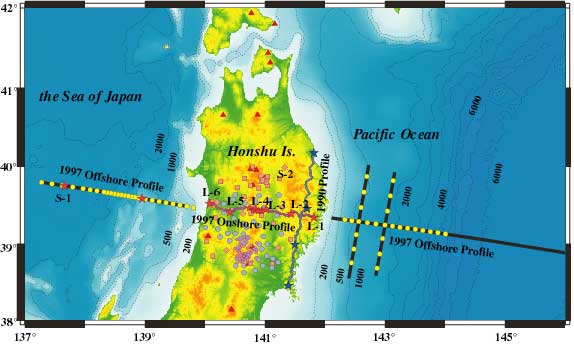
Fig.1. Map of 1997-1998 experiments. Stars and solid lines indicate
shot points and profile lines of seismic survey, respectively.
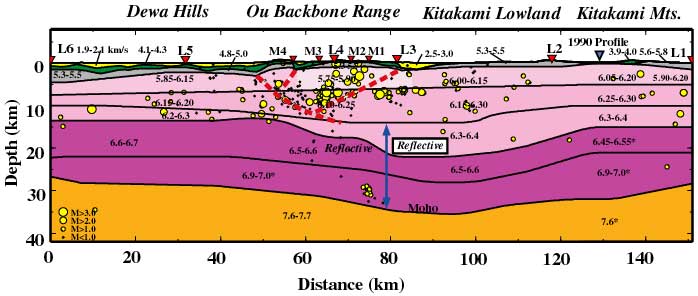
Fig.2. Crustal model from the seismic refraction experiment. Yellow
circles indicate hypocenters determined from the dense seismic network.
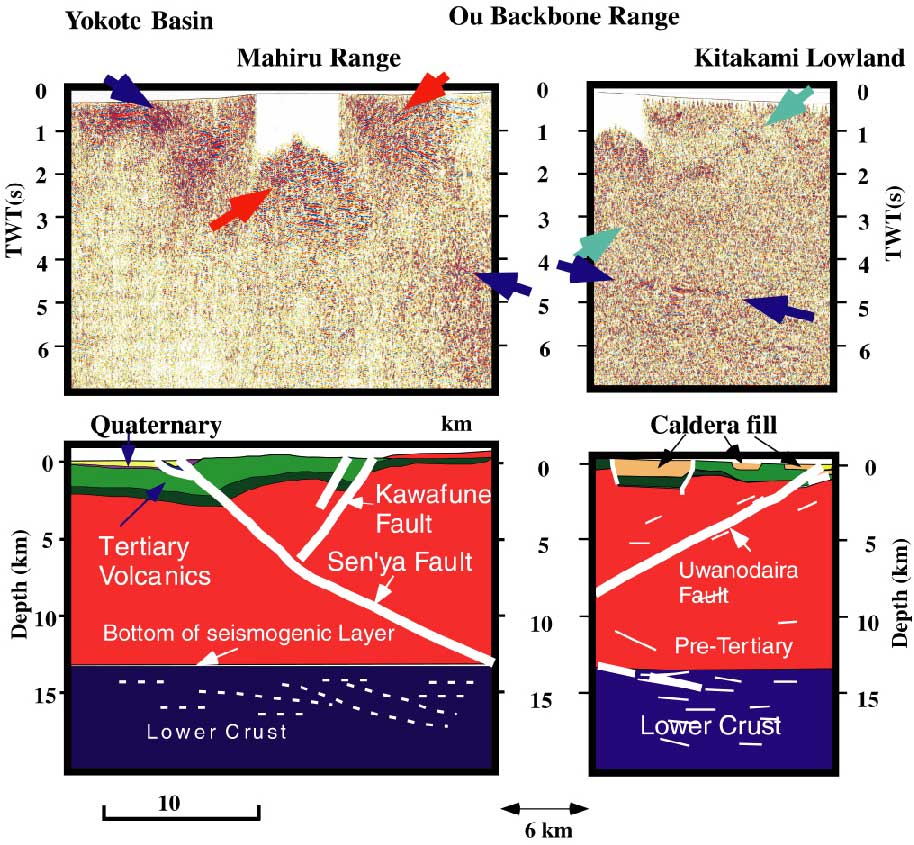
Fig.3. Crustal section from the seismic reflection experiment and
its interpretations.
5-1-2. Comparison between the rupture processes of
the 1968 Tokachi-oki earthquake and the 1994 Sanriku-Haruka-oki earthquake
Using teleseismic data and strong motion data, we derived large slip
areas (asperities) for the two large earthquakes: the 1968
Tokachi-oki earthquake and the 1994 Sanriku-Haruka-oki earthquake.
It is shown that one of asperities of the Tokachi event coincides
with that of the Sanriku event, and the seismic coupling there is nearly
100%(Fig.4).

Fig.4. Comparison between the rupture processes of the 1968 Tokachi-oki
earthquake and the 1994 Sanriku-Haruka-oki earthquake.
5-1-3. Measurement on Coseismic Slip for Paleoearth-quakes
due to Strike-Slip Faulting
The key parameters to estimate the size of paleoearthquakes are rupture
length and amount of displacement. However, typical
Japanese-style trenching which consists of a deep trench with gently
sloping walls is not suitable for reconstructing lateral offsets
associated with earthquakes in the past. Thus, we have designed a new
technique that combines three-dimensional trenching and soil
sampling by Geoslicer. The new technique can restore 3D geological
structure effectively without widespread destruction of the
surface. We have applied this technique to the Tanna fault that ruptured
during the M7.3 Kita-Izu earthquake of 1930(Fig.5). We then
found that right-stepping en echelon faults, striking 10゜to 40゜CCW
from the overall trend of the Tanna faults. From the evidence for
offset buried channels, we could almost the same amounts of offsets
40±10 cm caused by the most recent 1930 Kita-Izu earthquake
and penultimate event in the sediments. Thus, we would estimate magnitude
of the penultimate event by the Tanna fault is the same
as the Kita-Izu shock.
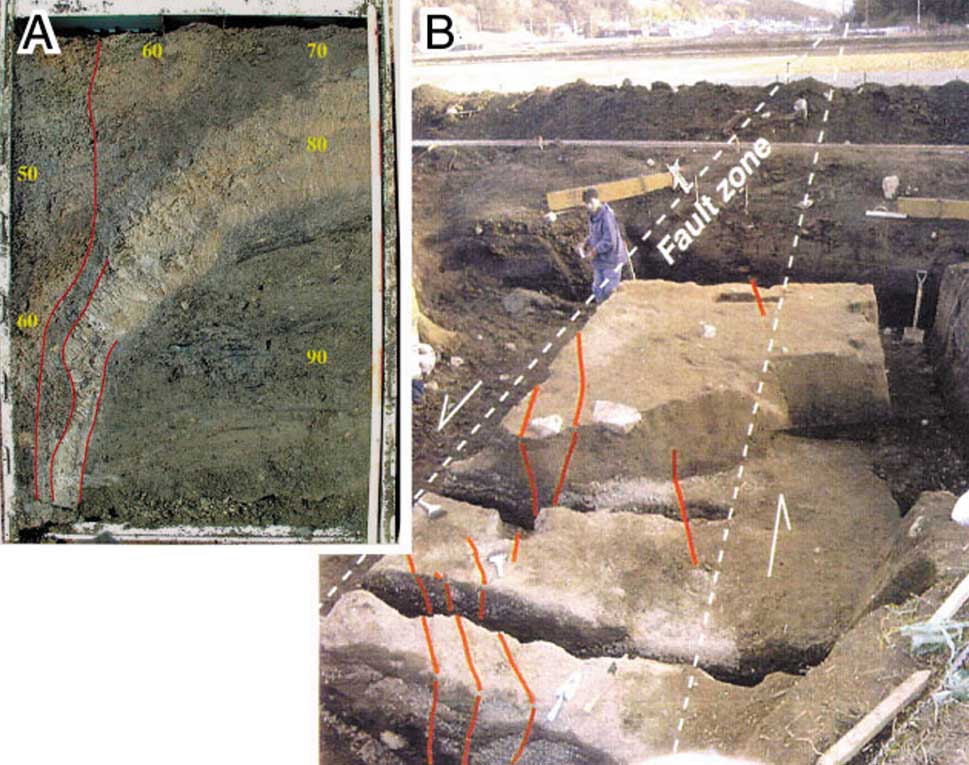
Fig.5. A sample extracted by Geoslicer (A), and three dimensional
archaeological trench excavation (B) across the Tanna fault. A red line
indicates a fault. As a result of the survey, we found evidence for the
paleoearthquakes involving with right-stepping en echelon faults and lateral
offsets of some layers.
5-1-4. Research on the generation mechanism
of electric signals accompanied by fractures
An attempt to clarify the interaction between
the mechanical failure of rock and other phenomena such as movement of
fluids and
generation electromagnetic fields would be one
of the purpose of investigation of seismogenic process. Such an interaction
may have a
significant contribution not only to the fracture
process but also to its preparatory process. At ERI, laboratory experiments
have been
performed to study the generation mechanism of
electric signals in collaboration with RIKEN, with the focus on the effects
of pore
water movement during rupture nucleation process.
We have developed a new apparatus specially designed for this kind of experiment.
This apparatus has a number of advantages such
as servo-controlling ability of the pore pressure, electrical insulation
of rock sample
from surroundings. Figure 6 shows an example
of experimental results conducted by this apparatus. We can recognize that
electric
current starts to flow prior to the fracture.
This electric current can be interpreted as caused by an electrokinetic
effect due to the
flow of pore water induced by pressure gradient
associated with accelerating growth of dilatancy before fracture.
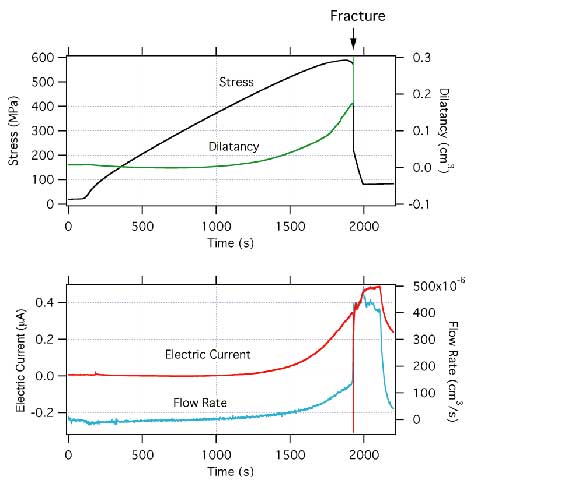
Fig.6. An example of experimental results. The electric current flowed
before the main fracture, showing good correlation with the dilatancy rate
and the water flow rate.
Top Next





